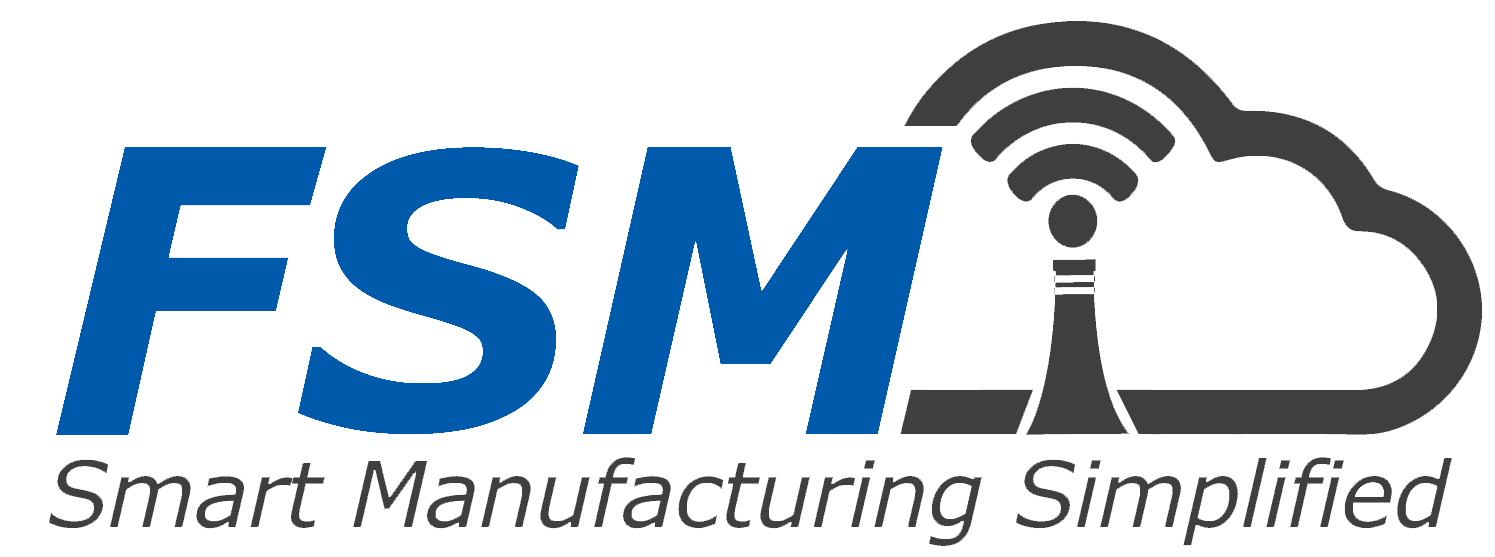Augmented Reality
Augmented reality is one of the cutting edge technologies involved in the industry 4.0 trend when talking about smart manufacturing, it is a technology which was seen just as a fancy toy until a few years back, but which has now reached the right level of maturity to be employed in a productive environment.
AR applications can become even more powerful by augmenting them with data generated by another set of technologies, revolutionizing the marketplace called the Internet of Things (IoT). Combining AR and the IoT allows employees, such as field maintenance workers, to access vital machine operating statistics to assist in maintenance decisions, or an assembly worker to visually receive pick and place instructions and alerts if tools are working incorrectly or are out of tolerance.
Key AR ecosystem components include device hardware, an OS open to third-party application development, and a platform for software, as well as content creation and management. The standard device hardware for viewing AR applications has predominantly been smartphones and tablets due to their wide availability and exceptional compute power. The newer devices expected to accelerate enterprise AR adoption because they allow hands-free access to information are smart glasses, HMDs, and other digital eyewear solutions from companies such as Microsoft, ODG, Epson, and Vuzix.
Augmented reality renders 3D objects in real time into your field of vision. For example, looking through the cover of a machine and seeing its internal component structure.
Augmented Reality (AR) is a technology enriching the real world with digital information and media, such as 3D models and videos, overlaying in real-time the camera view of your smartphone, tablet, PC or connected glasses.
On the spectrum between virtual reality, which creates immersive, computer-generated environments, and the real world, augmented reality is closer to the real world. Augmented reality adds graphics, sounds, haptic feedback and smell to the natural world as it exists. Both video games and cell phones are driving the development of augmented reality.
The methods by which AR is achieved can generally be split into two broad categories: Marker-based, and markerless.
Marker-based Systems: This technology uses physical-world symbols as a reference point for computer graphics to be overlaid. For example, a 2-dimensional printed marker is placed in front of a webcam. The computer then interprets this symbol to overlay an on-screen graphic as if it were directly on top of the marker in the physical world. There have been several notable uses, most commonly in marketing
Markerless Systems: By contrast, this technological approach has given rise to ‘mobile augmented reality’, denoting use of the technology with devices such as smartphones and tablets. This method uses a combination of an electronic devices’ accelerometer, compass and location data (such as the Global Positioning System – GPS) to determine the position in the physical world, which way it is pointing and on which axis the device is operating. This location data can them be compared to a database to determine what the device is looking at, and thus allows computer data/graphics to be displayed on-screen.
Applications of AR in industrial environment:
1. Data Reuse: AR applications allow more efficient reuse of existing enterprise application data. Enterprise application data can include maintenance records, service tickets, and usage logs—any combination of which can be tapped into to decorate an AR experience that blends the physical and digital worlds.
2. Data Contextualization: AR applications can be used to better contextualize information across a range of industries and job functions. In manufacturing, this could mean giving linemen and plant personnel the ability to abstract backend systems information for 3D product navigation, step-by-step work instructions, and remote visual guidance.
3. Work Error Reduction: AR applications can reduce errors made by workers in various occupational tasks. Whether the error is caused by too little information, too much information, or poor quality information, AR applications place the right information and instructions at the location of the work task.
4. Workforce Multiplier: AR applications are a workforce multiplier in two ways. First, training resources are more effective and efficient. Training hours can be reduced because AR applications can include video instructions on repair/replacement tasks overlaid on the machines themselves. Second, workers can do more by themselves versus sending multiple workers or truck rolls to address the same problem or work task.
5. Safety: AR applications can also improve the safety of a work task. For instance, AR applications can include not only written instructions for removing or replacing a part on a machine, but can also include visual instructions. This assistance avoids unnecessary and possibly unsafe interaction with the machine or object.
Contact us today for implementing
"Smart Manufacturing"
Call us for any query
011-26582053, 8076197190
